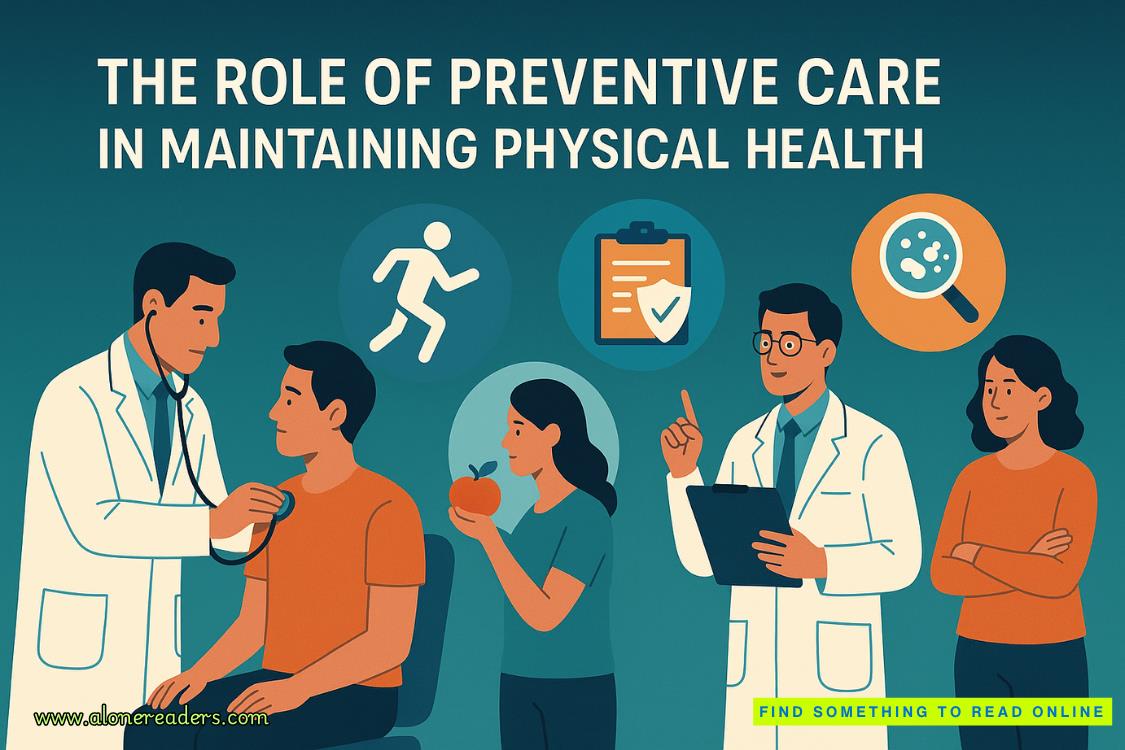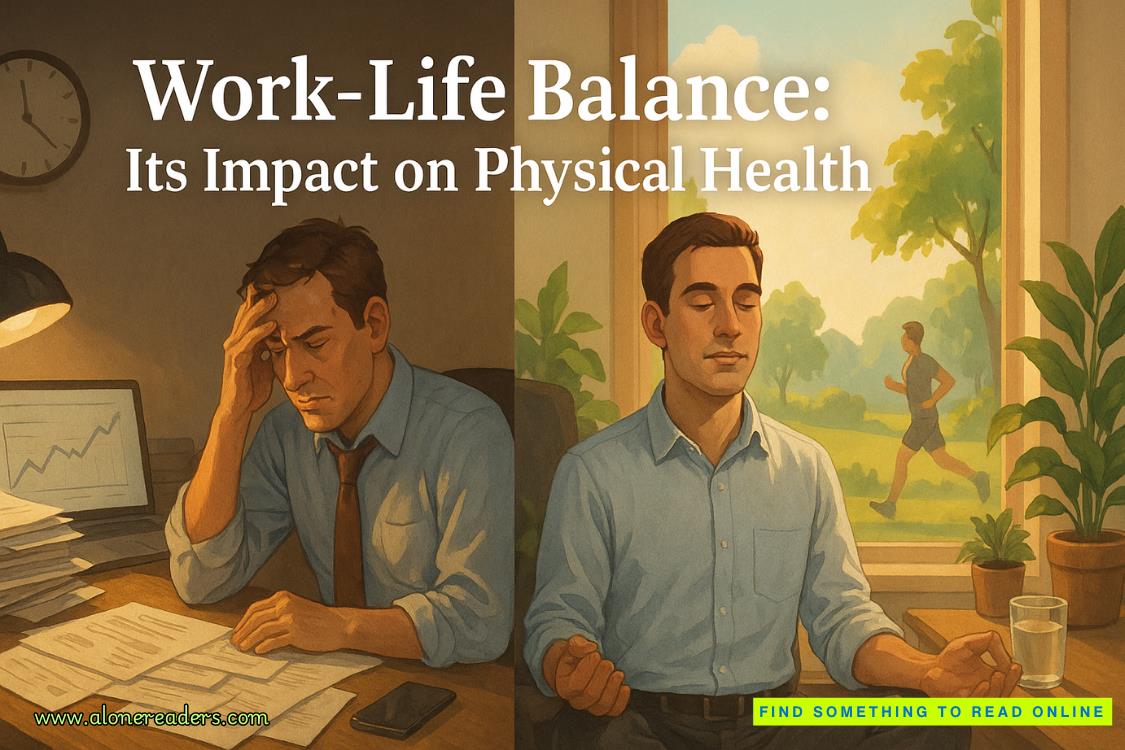Why had she turned the man who had come to the studio Rick had hired and berated her so furiously into her rescuer? It must be because he himself felt contempt for the seedier side of modelling, and therefore at some deep level of her subconscious she had assessed him as a safe haven from those that she herself had learned so very young to fear. And was that the only reason? Lily gave a small mental shrug. What other reason could there be? What other reason did there need to be. Sometimes it was a mistake to dwell on things too deeply and to over-analyse them.
What mattered more was why she had had the dream again, after nearly three years without having it. She suspected she knew the answer to that particular question. The whole ambience of that studio had aroused too many painful unwanted memories. Memories that belonged in her past, she reminded herself determinedly. She was another person now—a person of her own creation and in her own right. Dr Lillian Wrightington, with a doctorate in the influence of Italian art and architecture on the British grand house.
Reception finally called to say her taxi was outside, and she went down to the lobby, wheeling her suitcase behind her. She was, she admitted, slightly apprehensive about meeting the Prince di Lucchesi—but only slightly. Her job as a freelancer archivist connected to the Historical Preservation Trust meant that she had attended enough fundraising events not to feel intimidated at the thought of mingling with the rich and titled. Besides in many cases, thanks to the research for her doctorate, she knew as much about the centuries of skeletons in their family cupboards as they did themselves, she reminded herself wryly.
Other academics might focus on the life of an artist responsible for certain works. She had focused instead on the patrons. Initially that had simply been so she could establish which patrons had been drawn to and bought which artist’s work, but then she had found herself becoming increasingly curious about why a certain person had been drawn to a certain piece of art—or a certain artist. Human relationships were at the same time both very simple and very complicated because of the emotions that drove them—because of the mazes and minefields of problems people themselves created to control the lives of others.
She could have researched the Prince online, of course, but Lily was far more interested in men and women who inhabited the past rather than those who lived in the present. The Prince was merely someone she had to deal with in order to achieve the goal she shared with the Trust.
She had still dressed appropriately for the reception, though. First impressions mattered—especially in the world of art and money. Whilst Lily had no interest in fashion per se, it would have been impossible for her to have grown up the way she had without absorbing a certain sense of style. Modestly she considered that she was helped in that by her height and her slenderness. At five nine she wasn’t particularly tall, but she was tall enough to carry her clothes well. Although normally when she was working she preferred to wear a tee shirt and jeans—a polo neck and jeans if it was cold, along with a fine wool long-line cardigan—for more formal public occasions such as this one she kept a wardrobe of simple good-quality outfits.
For today’s reception she was wearing a caramel-coloured dress. Sleeveless, with a high slashed neckline, it skimmed the curves of her body rather than clung to them. Round her neck she was wearing the rope of pearls that been handed down to her from her great-grandmother on her mother’s side. The only other jewellery she was wearing was the Cartier watch that had been her mother’s, and a pair of diamond ear-studs which she had had made from the two diamonds in her mother’s engagement ring.
After her mother’s suicide her father had given her all her mother’s jewellery. She had sold it all, apart from the watch and the engagement ring, giving the money to a charity that helped the homeless. Somehow it had seemed fitting. After all her mother’s heart had become homeless, thanks to her father’s affairs.
She had toned her dress with plain black accessories: good leather shoes and an equally good leather bag. Good quality, but not designer. In her case she had one of her favourite black cashmere long-line cardigans to wear later in the day for the journey from Milan to the world-famous luxurious Villa d’Este Hotel on Lake Como, where the Prince was going to escort her on a tour of some of the wonderful privately owned villas of the region at the invitation of their owners.











